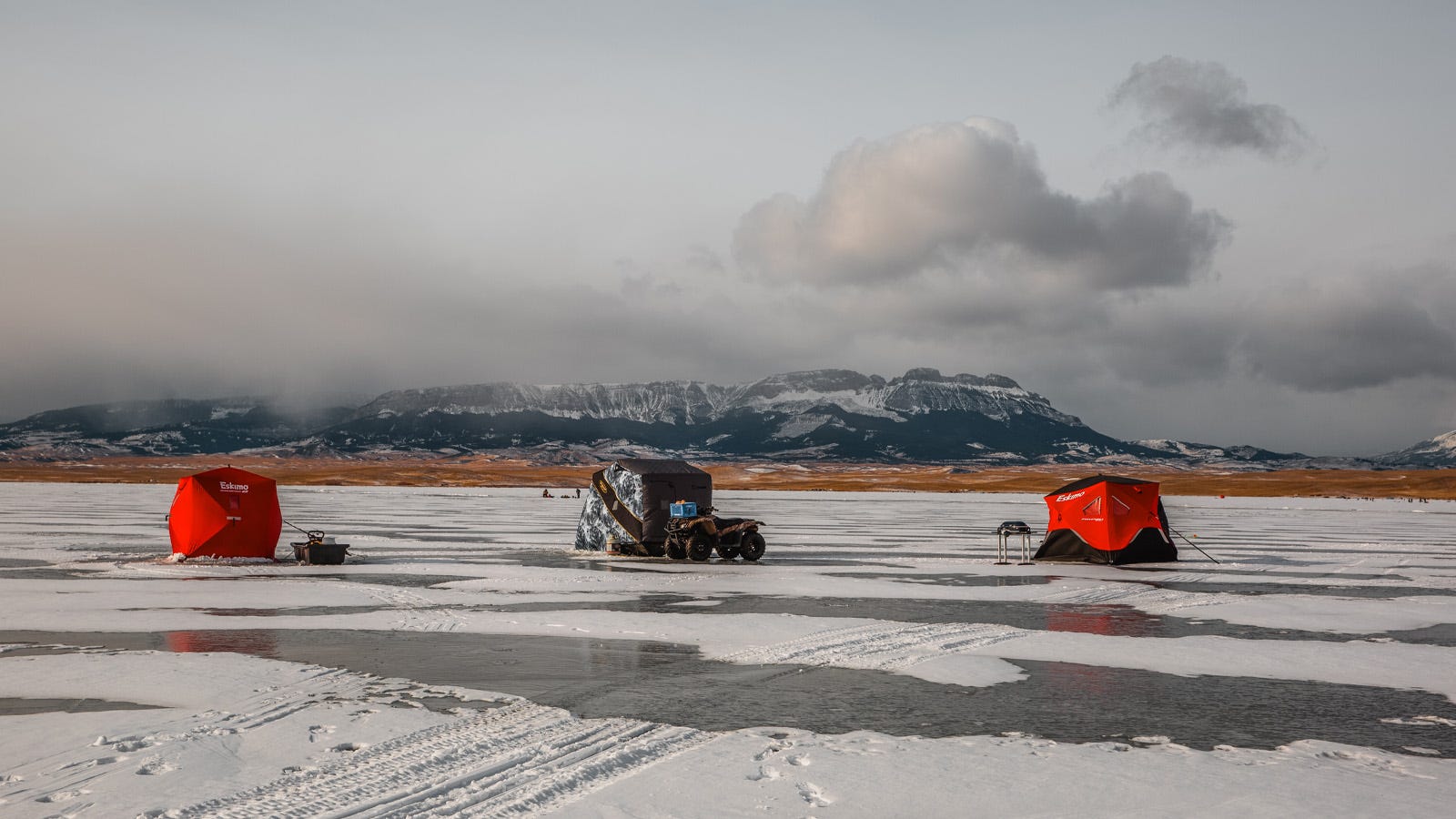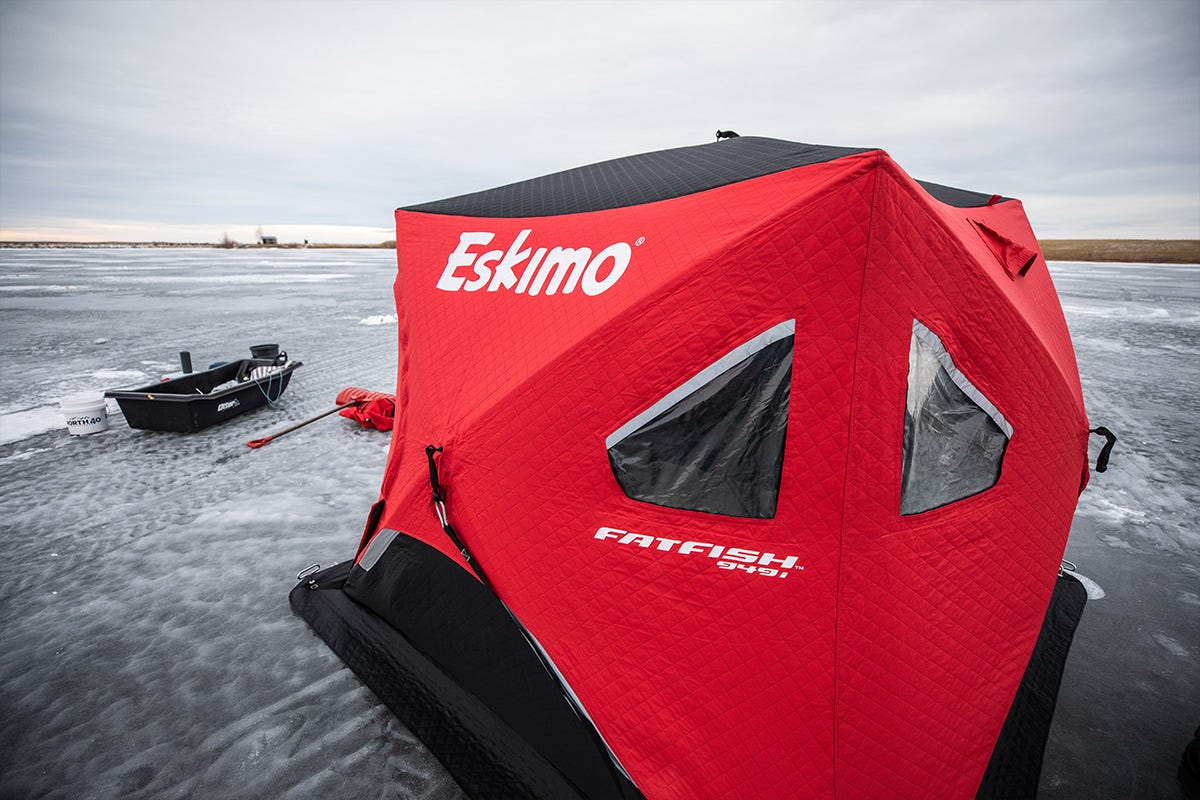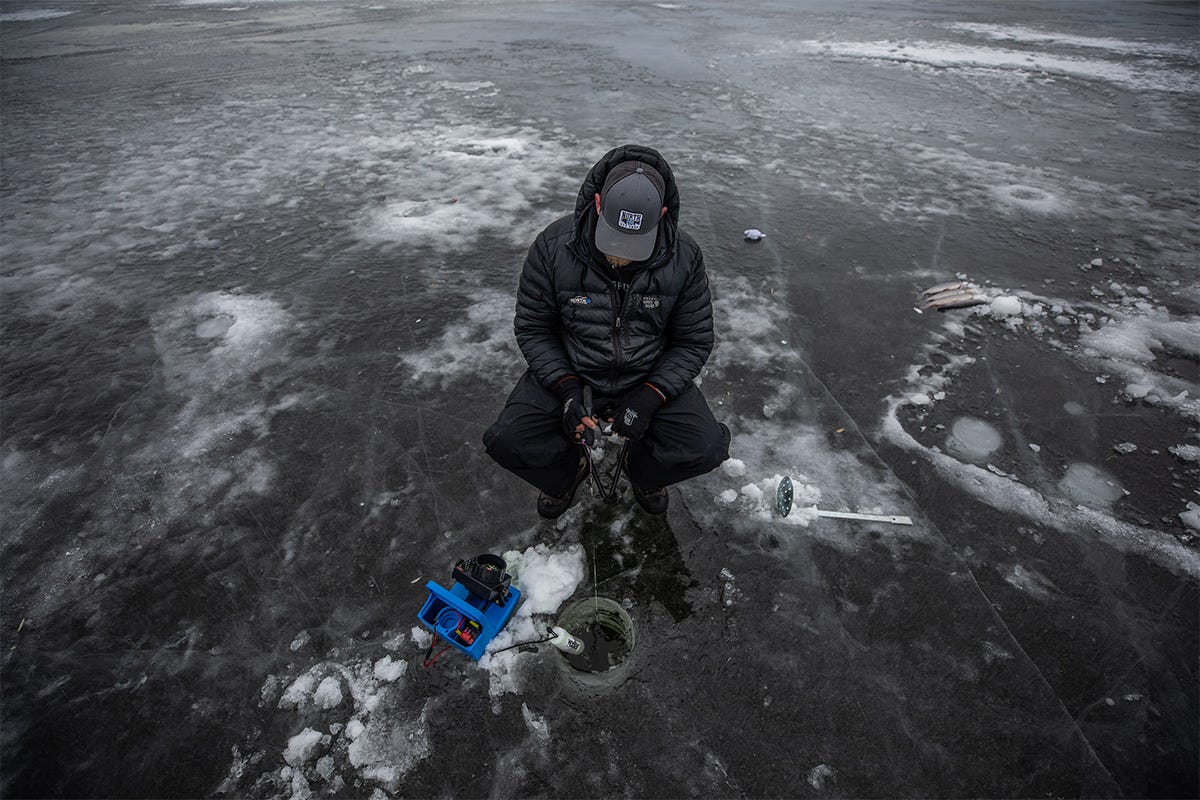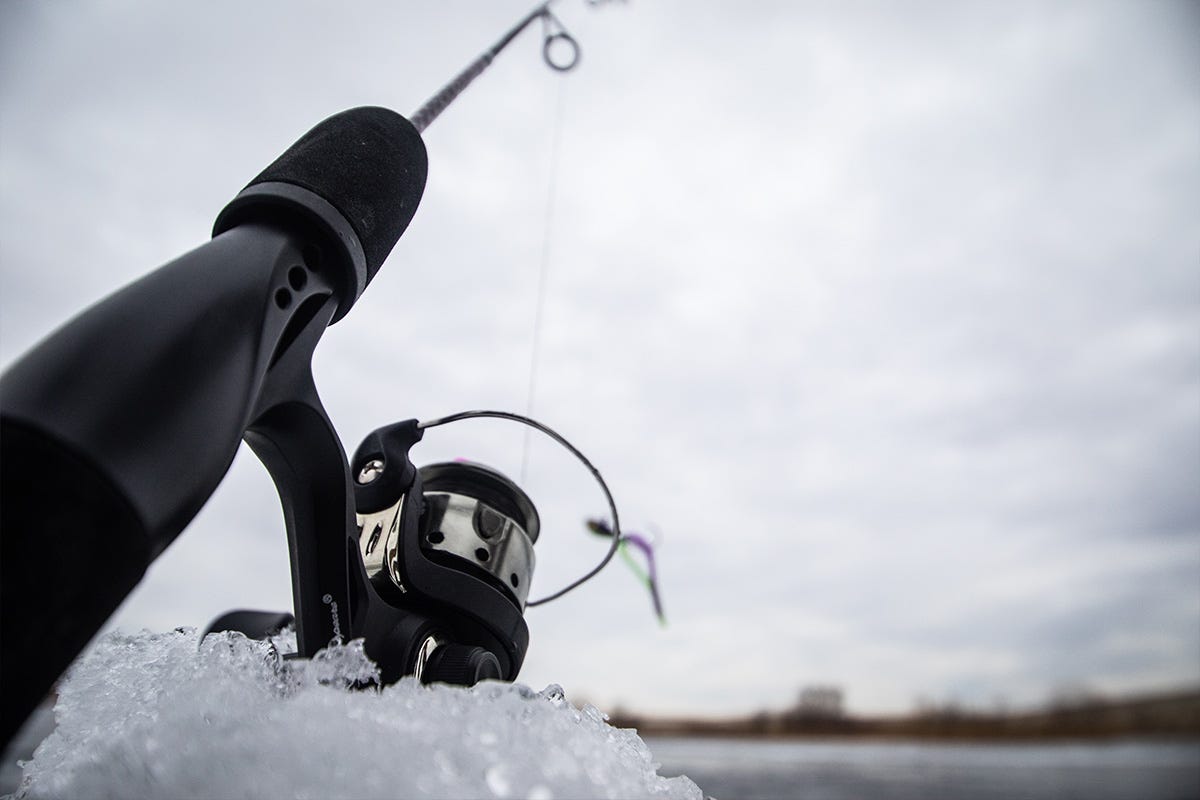Navigating the Elements: A Guide to Ice Fishing Safety

A Guide to Ice Fishing Safety in the Northwest
Here in the beautiful Northwest, it has been an odd winter, to say the least. The last couple weeks of January when we were supposed to have solid ice and several feet of snow, we were seeing temperatures range anywhere from the low 40’s, and even up to the mid 60’s in some areas. Luckily, for us die-hard anglers, the beginning of February came along with some colder weather, with temperatures dropping below freezing most nights. Because of the drastic changes in weather, the ice conditions have substantially changed over the last couple of weeks and knowing how to read ice conditions, as well as having the proper safety gear, is more important than ever.
Ice fishing in the Northwest is a beloved winter pastime for many outdoor enthusiasts. The region's picturesque frozen lakes and rivers offer ample opportunities for anglers to test their skills and reel in some prized catches. However, venturing onto the ice comes with its own set of risks and challenges. In this article, we'll dive into essential tips, products, and precautions to ensure a safe and enjoyable day of ripping-some-lips on the hardwater.


Understanding Ice Conditions:
Before setting foot on any frozen body of water, it's crucial to assess ice conditions thoroughly. The thickness and stability of the ice can vary greatly depending on factors such as temperature, snow cover, and underwater currents. Here are some guidelines to keep in mind:
Ice Thickness: The recommended minimum ice thickness for foot travel is at least 4 inches of clear, solid ice. Here are some general rules for how much weight the ice can handle:
-
Under 4 inches: Stay off
-
4 inches: You and your gear only
-
7 inches: Snowmobile or ATV
-
12 inches: Vehicle (Not recommended, but proceed at your own risk)
Check for Cracks and Weak Spots: Inspect the ice surface for any visible cracks, fractures, or areas of discoloration, which may indicate thin ice or underlying hazards.
Beware of Snow Cover: Fresh snowfall can insulate the ice, slowing down the freezing process and creating deceptive thickness. Clear away snow to assess the ice underneath and ensure its integrity.
Pay Attention to Surroundings: Be mindful of any signs of thawing, such as melting shorelines or flowing water near the edges of the ice. These areas are typically weaker and should be avoided.


Gear I Never Leave Home Without:
Ice Chisel: This handy tool allows you to check ice thickness as you are venturing out. It’s a piece of steel that allows you to hit the ice with some force to make sure it’s solid, giving you confidence with every step. You could also use a spud bar.
Ice Picks: First and foremost, these should be around your neck the moment you step onto the ice. These allow you, God forbid you did fall in, to stab into the ice and give leverage to pull yourself out.
Ice Cleats: These strap onto your boots and dig into the ice as you're walking to allow you to get around without slipping and sliding all over the place, and they greatly reduce the risk of falling.
Throw Rope: This could be anything from an actual throw-rope device that has a flotation device attached to it, to a bundle of rope or paracord. If you witness someone fall through the ice, do not attempt to rescue them by venturing onto unstable ice and risk yourself falling in as well. Instead, use your throw rope to reach them while staying at a safe distance and help pull them out.
Emergency Blanket: For something that can fit in your pocket without even knowing it’s there, this heat-reflecting blanket works wonders if you are cold.
Hand Warmers: These have saved the day more than a handful of times. One of my favorite ways to stay warm during frigid temperatures is to take a pack of handwarmers and place them in the fold of your Smith + Rogue Watch Cap over your ears. This will leave you toasty warm for hours.


As with any outdoor recreation, especially during wintertime, it’s always best to have a companion whenever possible. It minimizes risk, as accidents do happen. Dress properly with multiple layers, as temperatures on the ice can be significantly colder than on land and that’s about the quickest way of having to call it a day early.
Don’t forget to swing by or contact your local North 40 fishing crew to get an updated fishing report to see what’s biting, what they’re biting on, and where!





